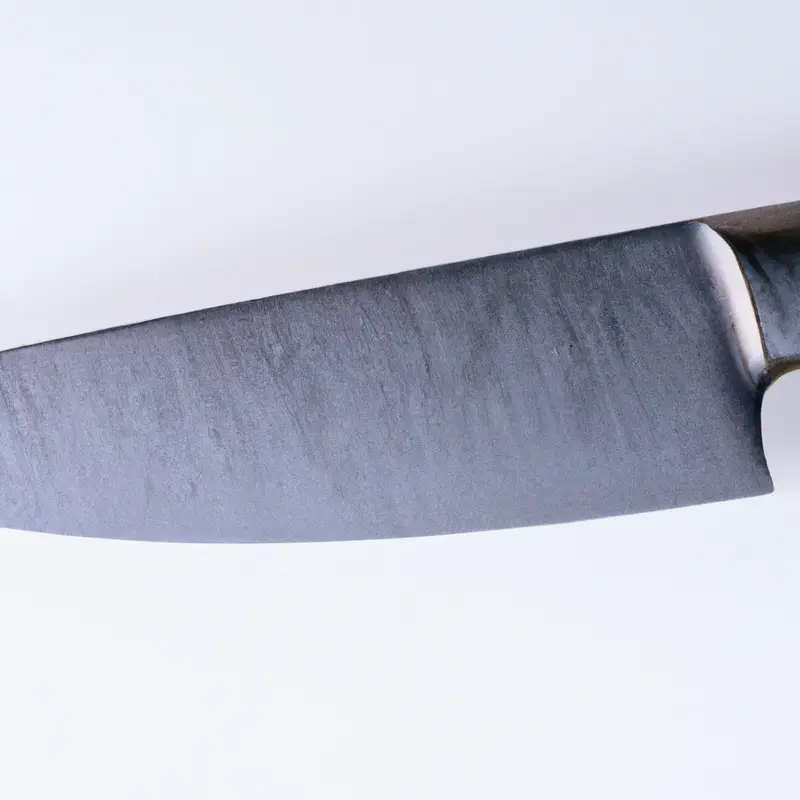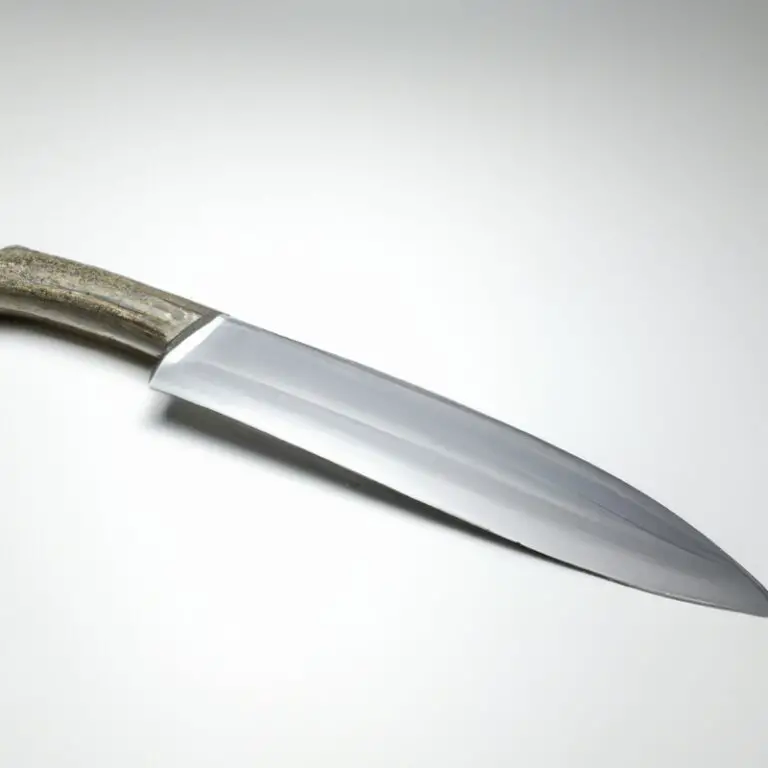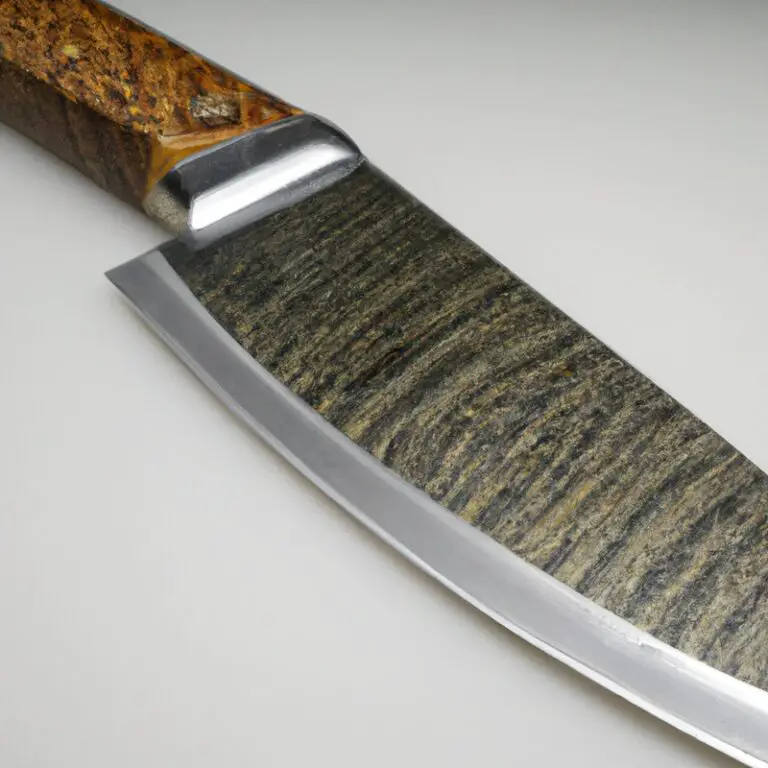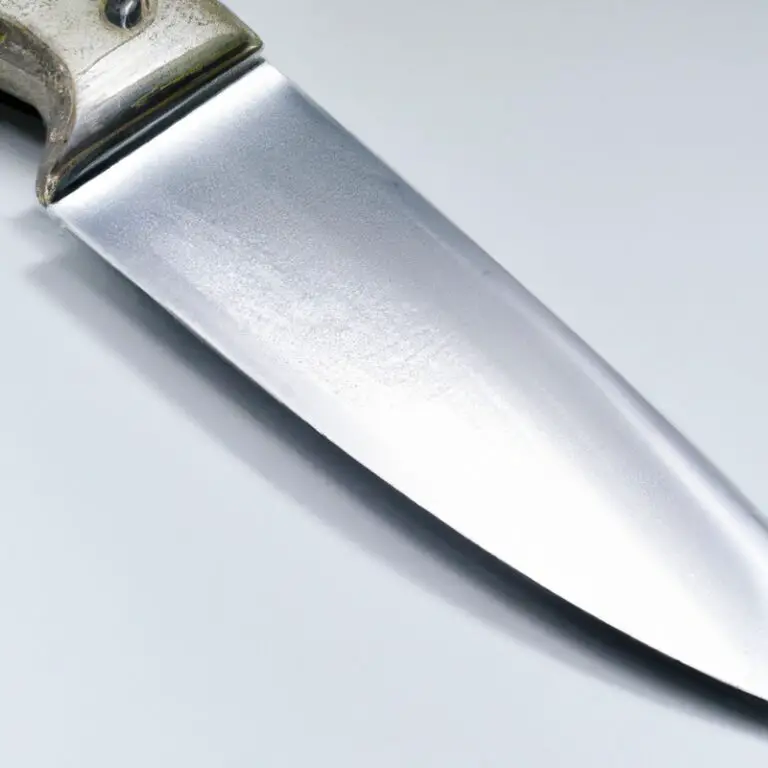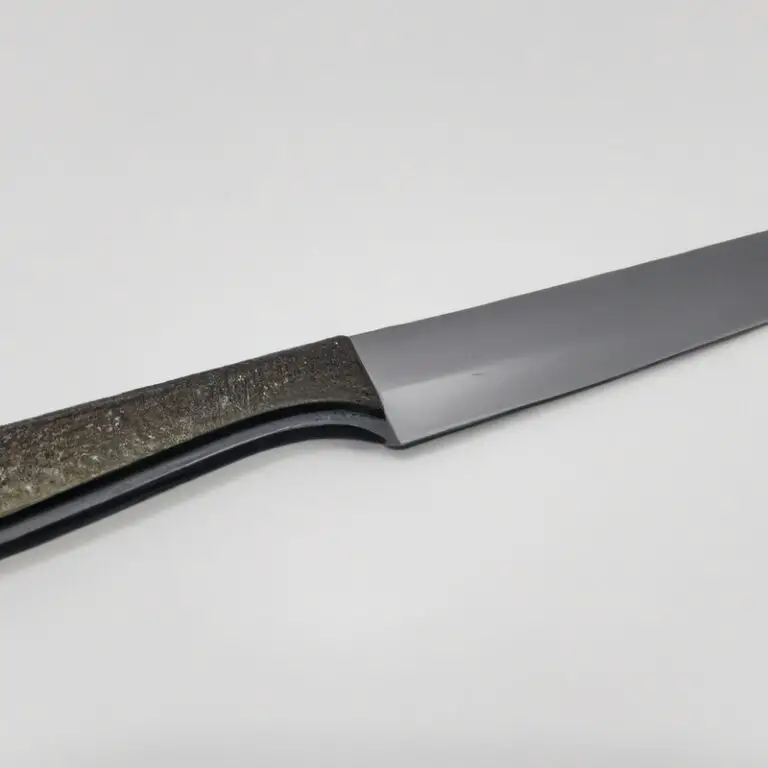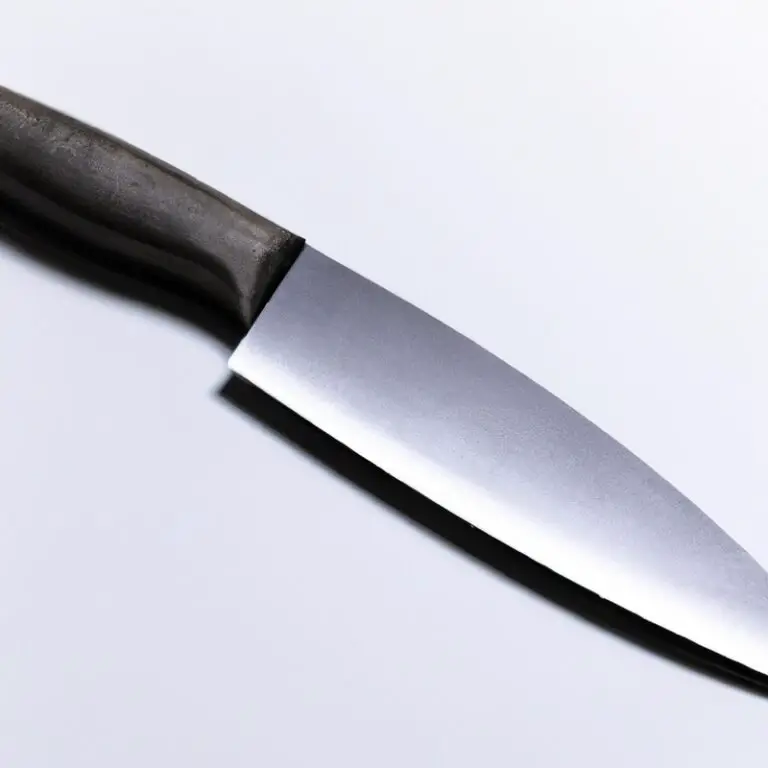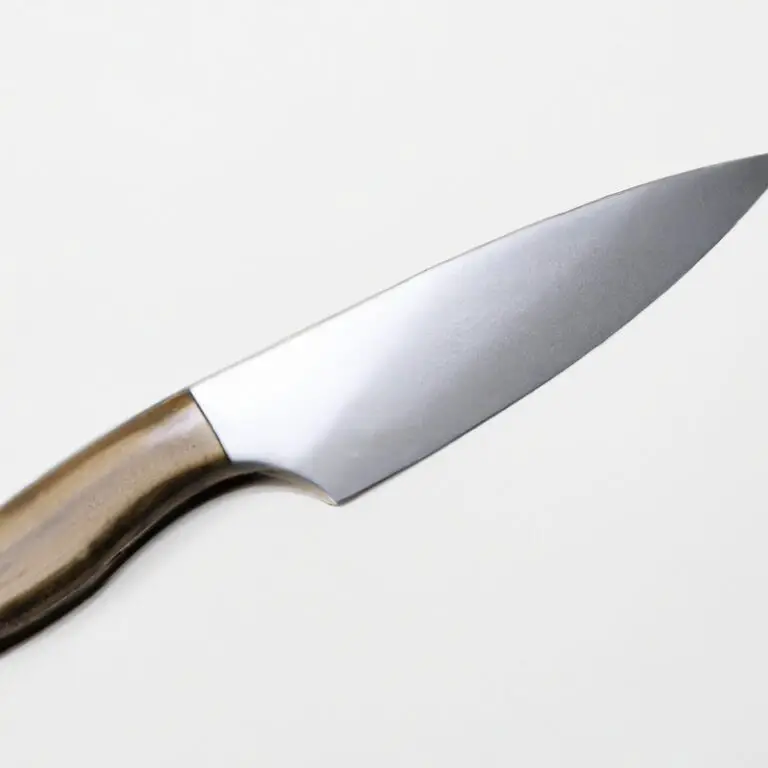How To Hold a Gyuto Knife For Maximum Control And Comfort? – Expert Tips
Key Takeaways:
- Proper grip and handling of a Gyuto knife can significantly improve control and comfort while using it.
- The pinch grip technique is the most effective way to hold a Gyuto knife, allowing for greater precision and less strain on the hand and wrist.
- Positioning the index finger on top of the blade’s spine provides additional stability and control during cutting.
- Regular practice and proper maintenance of a Gyuto knife can help in achieving maximum control and comfort, ensuring a safer and more enjoyable cooking experience.
Are you tired of struggling with your Gyuto knife when chopping and slicing? Don’t worry, you’re not alone.
Holding this Japanese chef’s knife may seem easy, but it’s more than just gripping the handle and hoping for the best.
To unlock its full potential, you need to understand how to hold it for maximum control and comfort. In this guide, I’ll share my expertise on the subject and cover everything from thumb placement and hand positioning to pressure and non-dominant hand use.
Get ready to improve your technique and release your inner chef!
| Position | Description |
|---|---|
| Index finger grip | Place your index finger on top of the blade, directly over the bolster. Your thumb should be on the other side of the blade, creating a pinch grip. |
| Thumb grip | Place your thumb along the back of the blade while gripping the handle with your other fingers. |
| Choke grip | Place your thumb and index finger on opposite sides of the blade, just above the heel, and grip the handle with your remaining fingers. |
| Hammer grip | Hold the handle with your entire hand, wrapping your fingers around the handle with your thumb on top. |
Understanding the Anatomy of a Gyuto Knife: A Guide to Optimal Performance
To use a Gyuto knife effectively, it’s crucial to have an understanding of its anatomy. A typical Gyuto knife features a long, thin and sharp blade, with a pointed tip.
Its blade length ranges from 7 inches to 12 inches.
A Gyuto knife has a slightly curved blade that is designed to cut with precision and ease through meat, fish, vegetables and fruits. The blade is made of high carbon steel or stainless steel.
The handle of a Gyuto knife can be made of various materials such as wood, plastic, or metal, and it provides a comfortable grip.
A well-designed handle allows the user to achieve optimal control and balance while using the knife. With this knowledge of its anatomy, a user can choose the right technique for holding, sharpening and maintaining the knife to get maximum performance.
Grip Matters: How to Choose the Right Technique for Your Hand Size and Strength
To achieve maximum control and comfort while using a Gyuto knife, selecting the right grip technique that suits your hand size and strength is crucial. There are various types of grips, including the pinch grip, handle grip, and hybrid grip, suitable for different individuals.
The pinch grip is ideal for people with smaller hands as it involves holding the knife handle between the thumb and index finger while placing the other three fingers on the blade’s back.
A handle grip, on the other hand, is suitable for people with larger hands and involves wrapping all four fingers around the handle while gripping the blade’s bolster with the thumb. The hybrid grip is ideal for those who require both the precision of a pinch grip and the power of a handle grip.
It’s crucial to consider your hand strength while selecting a grip.
A tight grip may cause fatigue and discomfort, while a loose grip may lead to accidents. The ideal grip is one that allows you to operate the knife without straining or compromising your safety.
Selecting the right grip technique for your hand size and strength can significantly improve your Gyuto knife’s control and comfort levels.
Experiment with different grips to find the one that feels natural and comfortable to use.
Cutting Edge Tips: Maintaining Optimum Sharpness of Your Gyuto Knife for Effortless Use
To maintain the optimum sharpness of your Gyuto knife, you need to follow these cutting edge tips. First, use a honing rod to straighten the blade’s edge before each use.
Secondly, sharpen the blade with a whetstone at least twice a year or as needed.
Thirdly, store the knife in a sheath or on a magnetic strip to protect the blade edge from damage. Lastly, avoid using the knife on hard surfaces like plates or glass as it can dull the blade quickly.
By following these tips, you can ensure effortless use of your Gyuto knife, and extend the durability of the blade.
Thumb Placement: A Key Factor in Achieving Precision in Chopping and Slicing
Thumb placement is a crucial factor in achieving precision when chopping and slicing with a Gyuto knife. Your thumb should rest on the spine of the blade, gently pressing against it to provide support and control.
Placing your thumb on the blade’s edge can lead to injury and inaccurate cuts.
It’s essential to maintain proper thumb placement throughout the entire cutting process. As the knife moves forward, your thumb should move along with it to ensure accuracy and consistency.
Practice positioning your thumb correctly, and you’ll notice a significant improvement in your chopping and slicing capabilities.
Proper Hand Positioning: The Secret to Comfortable and Safe Handling of Your Gyuto Knife
Proper hand positioning when handling a Gyuto knife is essential for comfortable use and ensures safety while cutting. To achieve the correct grip, hold the handle of the knife with a relaxed grip, ensuring that your fingers wrap around the handle.
Place your index finger on top of the handle, in line with the blade’s spine.
Tuck your thumb under the handle, and rest it on the blade’s opposite side, between the index and middle fingers. This grip offers control and minimizes the risk of slipping or losing control of the knife.
With the correct hand positioning, you can execute precise cuts that will impress any chef.
Applying the Right Amount of Pressure: Using Your Body Weight to Your Advantage
When using a Gyuto knife, it’s essential to apply the right amount of pressure to avoid injury and achieve optimal cutting performance. One way to do this is by using your body weight to your advantage.
Rather than relying solely on your arms to exert force, use your whole body to add pressure.
This technique helps you achieve a more efficient cut while minimizing stress on your arms and hands. To apply this technique, start by standing with your feet shoulder-width apart.
Place the food you’re cutting on a stable surface.
Next, hold the knife with a firm grip, keeping your wrist straight. Then, as you slice through the food, use the weight of your upper body to apply pressure.
This allows the knife to do the work, reducing the effort required from your arms and hands.
Be careful not to apply too much pressure, as this increases the risk of the knife slipping or causing injury. Practice using your body weight gradually, adjusting the amount of pressure as needed.
As you become more comfortable with this technique, you’ll notice a significant improvement in the precision and consistency of your cuts.
The Role of Your Non-Dominant Hand: How to Hold the Food Steady for More Professional Results
The non-dominant hand plays a significant role in holding the food steady during chopping and slicing with a Gyuto knife. Ensure that your non-dominant hand is in a ‘claw-like’ shape and positioned in front of the blade.
Place the nails of your fingers on the food and curl them inwards, allowing your fingertips to guide the knife’s trajectory while maintaining a steady pace.
Keeping your non-dominant hand steady also helps in creating uniform pieces of food, resulting in more professional-looking results.
Navigating Tricky Cuts: Tips on How to Tackle Tough Textures and Referenced Cutting Positions
Navigating tricky cuts requires skillful handling of your Gyuto knife. Here are some tips to help you tackle tough textures and referenced cutting positions:
- Use a rocking motion: When chopping or slicing tough or fibrous ingredients such as carrots or onions, use a rocking motion to help the knife slice through the texture.
- Adjust your cutting angle: For thicker cuts, adjust the cutting angle to a lower degree to apply more force to the cut. For thinner cuts, use a higher degree angle.
- Use a sawing motion: For tougher meats, use a sawing motion to help the knife cut through the meat fibers.
- Reference your cutting position: When slicing around bones or tough areas on meats, reference your cutting position on the bone or tough area to help guide the knife through the cut.
By using these tips, you can successfully navigate tricky cuts and improve your Gyuto knife skills.
Releasing Your Inner Chef: Practical Exercises to Master Your Gyuto Knife Skills
To release your inner chef and master your Gyuto knife skills, consistent practice is key. Here are some practical exercises you can do to improve your knife skills:
- Practice slicing and dicing on a variety of fruits and vegetables.
- Work on honing your knife skills by chopping herbs and garlic until they are uniformly minced.
- Try cutting meat into thin slices or trimming fat off of cuts.
- Use your non-dominant hand to steady the food while cutting for greater precision.
- Experiment with different techniques and grips to find what works best for you.
Remember to always prioritize safety and start with slow, deliberate movements before building up speed and control. With enough practice and persistence, you can confidently wield your Gyuto knife like a professional chef.
Building Your Confidence: Common Mistakes to Avoid and How to Correct Them
Building confidence with a Gyuto knife requires avoiding common mistakes that could affect comfort and control. Some of these mistakes include gripping too tightly or too loosely, using an incorrect grip technique, and applying too much or too little pressure.
To correct these mistakes, apply a comfortable and firm grip, utilize the pinch grip technique with the thumb and index finger, use body weight to apply pressure, and hold the food stable with the non-dominant hand.
With these corrections, your cutting and slicing will be more precise and consistent while reducing the risk of accidents.
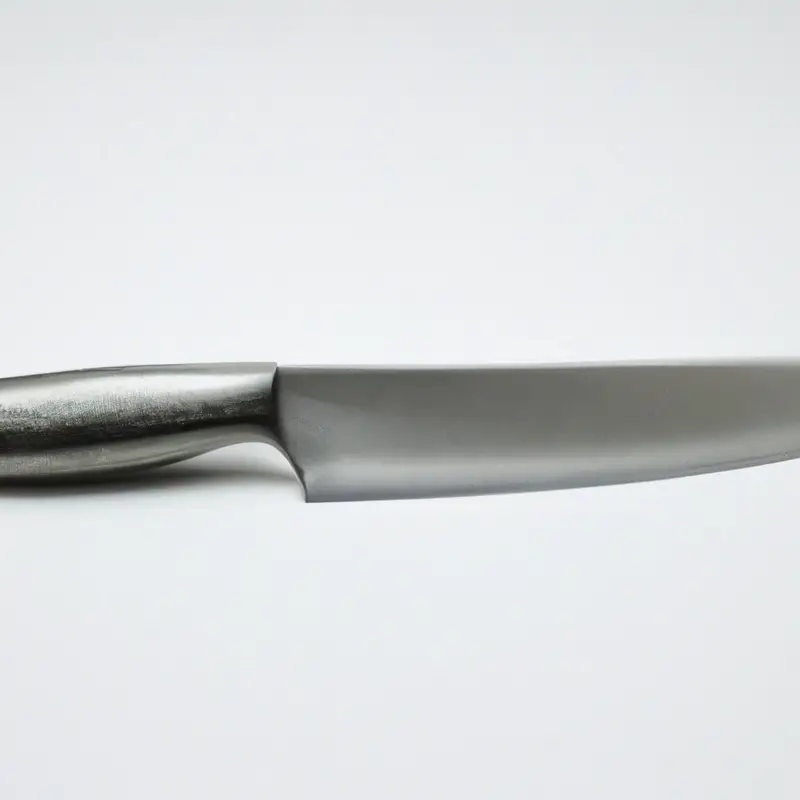
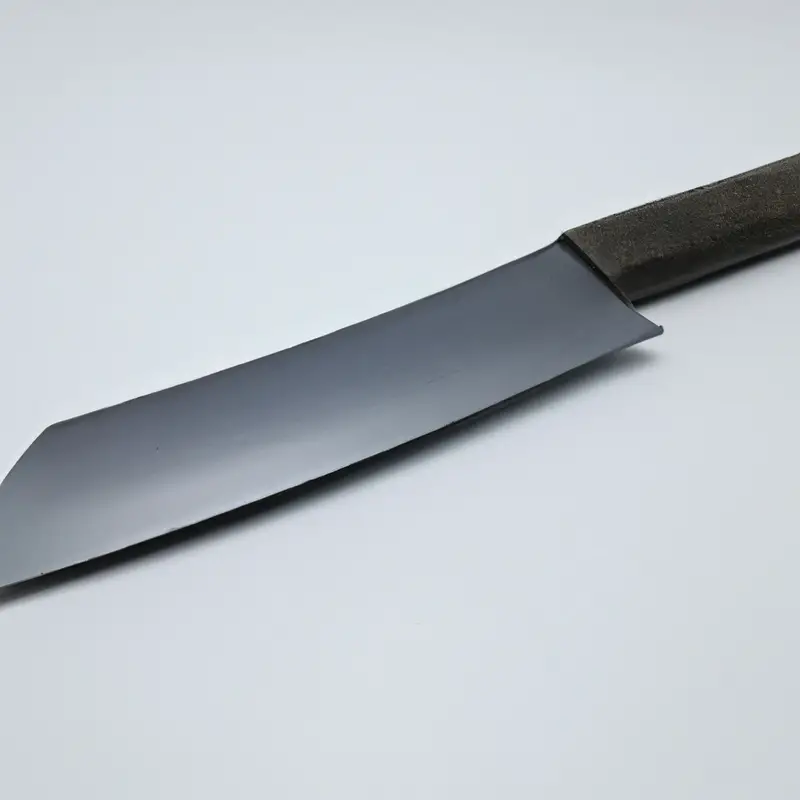
Final Verdict
Mastering the skill of holding a Gyuto knife correctly can significantly improve your chopping and slicing performance, making your culinary experience more enjoyable. Remember, the key to achieving optimal control and comfort lies in finding the right grip, thumb placement, and hand positioning that suits your strength and hand size.
With proper technique and hand positioning, you can minimize the risk of injury and enhance the longevity of your Gyuto knife.
Applying the pressure of your body weight and holding the food steady with your non-dominant hand can enhance your precision and produce professional-looking cuts. With practice and proficiency, you can release your inner chef and create mouth-watering dishes with ease.
By avoiding common mistakes and following the valuable tips and exercises presented in this guide, you can build your confidence and take your culinary skills to the next level.
Ultimately, always remember to prioritize safety, comfort, and control when handling your Gyuto knife.

